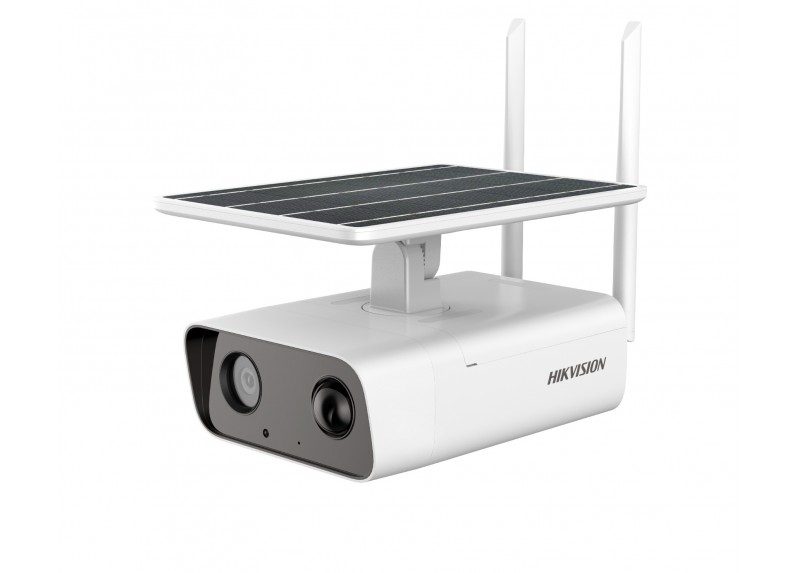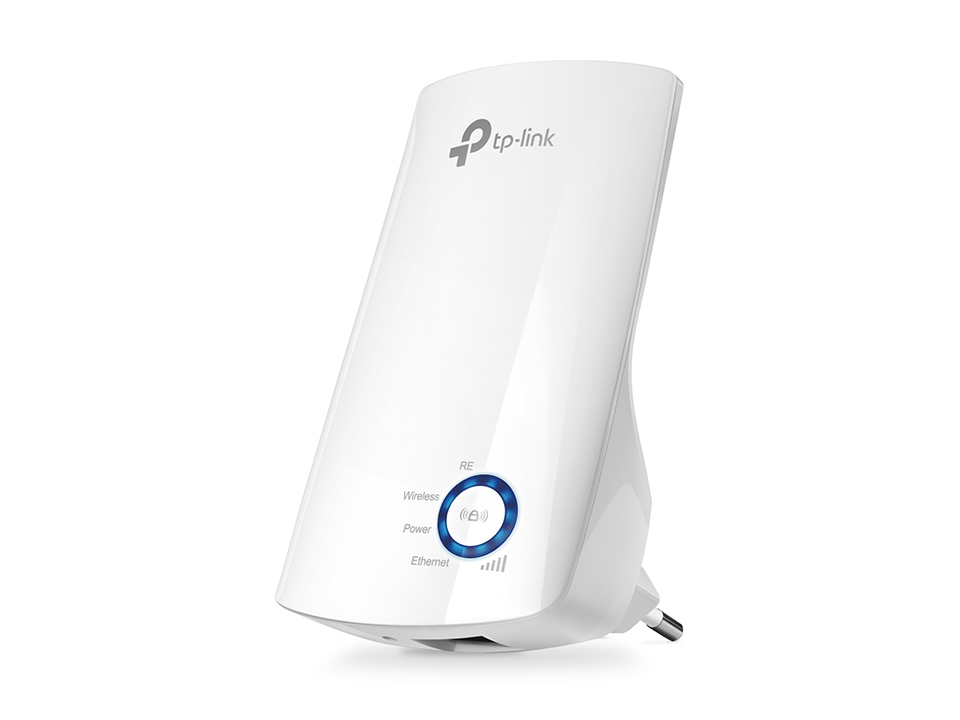Mastering Micro-Influencer Campaigns for Niche Audience Engagement: Advanced Strategies and Practical Implementation #3
Implementing micro-influencer campaigns tailored to niche audiences requires a deep, tactical approach that goes beyond basic influencer discovery and outreach. This comprehensive guide delves into precise techniques, data-driven methods, and actionable steps to optimize every stage of your campaign—ensuring authentic engagement, measurable results, and scalable growth. Building on the foundational concepts of niche influencer selection and outreach, we explore advanced tactics for content co-creation, real-time optimization, compliance management, and expansion strategies that turn micro-influencers into long-term brand ambassadors.
- 1. Identifying and Selecting the Right Micro-Influencers for Niche Audiences
- 2. Crafting a Targeted Outreach and Engagement Strategy
- 3. Designing Campaign Content that Resonates with Niche Audiences
- 4. Technical Implementation: Tracking, Metrics, and Optimization
- 5. Navigating Common Pitfalls and Ensuring Compliance
- 6. Scaling Niche Micro-Influencer Campaigns Effectively
- 7. Reinforcing Campaign Impact and Connecting to Broader Marketing Goals
1. Identifying and Selecting the Right Micro-Influencers for Niche Audiences
a) Criteria for Niche Expertise and Authenticity
Selecting micro-influencers with genuine expertise in your niche is foundational. Beyond follower counts, prioritize:
- Content Relevance: Ensure their content consistently aligns with your niche (e.g., plant-based nutrition, sustainable fashion).
- Depth of Knowledge: Look for influencers who demonstrate expertise through detailed tutorials, thoughtful commentary, or industry-specific insights.
- Authentic Engagement: Analyze comments and interactions—authentic influencers foster meaningful conversations, not just likes.
- Personal Brand Consistency: Their messaging and visuals should reflect genuine passion, not artificially curated personas.
b) Tools and Platforms for Micro-Influencer Discovery
Leverage advanced, niche-focused discovery tools to identify authentic influencers:
- Heepsy: Filters by niche, engagement, and location with verified follower data.
- NinjaOutreach: Database with detailed influencer profiles, outreach automation, and engagement metrics.
- BuzzSumo: Content analysis tools to identify thought leaders in specific topics.
- Instagram & TikTok Search: Use niche hashtags and location tags; analyze user-generated content for potential partners.
c) Evaluating Engagement Rates versus Follower Counts
While follower count offers initial scope, true influence is reflected in engagement rates:
| Metric | Actionable Threshold |
|---|---|
| Engagement Rate | ≥ 3% for niche micro-influencers |
| Follower Count | 1,000 – 10,000 followers |
| Authenticity Indicators | Minimal spam comments; genuine interaction |
d) Case Study: Successful Niche Influencer Selection Process
A boutique organic skincare brand aimed to reach eco-conscious millennials. They used this influencer discovery framework—filtering by niche hashtags, analyzing engagement, and verifying authenticity via comment analysis. They shortlisted 15 candidates, conducted direct outreach, and selected 3 influencers with 2-4% engagement rates, diverse content styles, and strong personal brand alignment. This targeted approach resulted in a 35% higher conversion rate than previous broad campaigns, demonstrating the importance of niche expertise and authentic engagement.
2. Crafting a Targeted Outreach and Engagement Strategy
a) Personalized Messaging Templates and Best Practices
An effective outreach hinges on personalization that resonates. Use a structured template:
- Introduction: Mention specific content or recent post to show genuine interest.
- Value Proposition: Clearly state what you admire about their niche work and how it aligns with your brand.
- Proposal: Offer a tailored collaboration idea—be specific about deliverables, timelines, and mutual benefits.
- Call to Action: Invite them to discuss further, providing your contact details.
«Tailor every outreach message to reflect the influencer’s content style and niche expertise. Generic pitches often get ignored.»
b) Timing and Frequency of Outreach to Maximize Response
Optimize your outreach schedule:
- Best Days: Tuesday to Thursday, mid-morning (9-11 AM) or early evening (5-7 PM).
- Follow-up: Send a gentle reminder after 3-5 days if no response, emphasizing mutual value.
- Avoid Overloading: Limit initial outreach to 2-3 influencers per week to prevent perception as spam.
c) Building Long-term Relationships vs One-off Collaborations
Long-term partnerships foster authenticity and ongoing audience engagement. To build relationships:
- Consistent Engagement: Comment on their posts, share their content, and acknowledge milestones.
- Value Exchange: Offer exclusive access, early product releases, or monetary incentives aligned with their niche.
- Collaborative Planning: Co-design content ideas that reflect both your brand goals and their authentic voice.
d) Practical Example: Outreach Sequence for a Niche Health Supplement Brand
Step-by-step outreach process:
- Day 1: Send a personalized DM or email referencing specific recent content, expressing admiration and proposing a collaboration.
- Day 4: Follow-up message reiterating interest, adding a new value proposition (e.g., exclusive sample access).
- Day 7: Engage publicly with their recent posts to increase visibility before a direct conversation.
- Day 10: Final outreach, suggesting a call or meeting to explore ideas further.
3. Designing Campaign Content that Resonates with Niche Audiences
a) Co-Creating Content: Aligning Brand Goals with Influencer Authenticity
Authentic content emerges from a collaborative process:
- Shared Brainstorming: Use virtual workshops to develop content themes that resonate culturally and contextually.
- Influencer-Led Ideas: Let influencers suggest formats or storytelling angles based on their niche expertise.
- Guidelines, Not Scripts: Provide brand messaging guidelines but encourage creative freedom to maintain authenticity.
b) Content Formats and Storytelling Techniques for Niche Appeal
Select formats that suit niche preferences:
- Unboxings & Tutorials: For product-focused niches like beauty or health.
- Storytelling & Personal Narratives: Share transformations, journey stories, or behind-the-scenes insights.
- Community Highlights: Feature user stories or UGC to foster community trust.
Apply storytelling techniques such as:
- Problem-Solution Framework: Show how your product addresses specific pain points.
- Emotional Triggers: Use authentic anecdotes to evoke empathy and trust.
- Visual Storytelling: High-quality imagery and short-form videos tailored to platform specs.
c) Technical Specifications for Content Quality and Platform Requirements
Ensure deliverables meet platform standards:
| Platform | Content Specs |
|---|---|
| Reels: 9:16 aspect ratio, 15-60 sec; Posts: square or vertical images, 1080px | |
| TikTok | Vertical videos, 9:16, minimum 720p, 15-60 sec |
| YouTube | 1080p HD, 16:9 aspect ratio, engaging thumbnails |
d) Example: Step-by-Step Guide to a Successful Niche Product Unboxing
This process ensures authenticity and viewer engagement:
- Pre-Production Planning: Define key product features, create a storyboard aligning with influencer style.
- Set Up & Filming: Use natural lighting; ensure close-up shots of packaging and product details.
- Editing & Optimization: Add captions, overlays, and background music tailored for the platform.
- Publishing & Promotion: Schedule during peak engagement times; cross-promote via stories or short clips.
- Post-Launch Engagement: Encourage followers to comment and share, fostering community interaction.
4. Technical Implementation: Tracking, Metrics, and Optimization
a) Setting Up Tracking Links and UTM Parameters for Granular Data
Use UTM parameters to attribute traffic accurately:
?utm_source= influencer_name&utm_medium=content_type&utm_campaign=campaign_name
- Source: Influencer’s name or platform (e.g., Instagram).
- Medium: Content format (e.g., Reels, Stories).
- Campaign: Unique identifier for your campaign.






